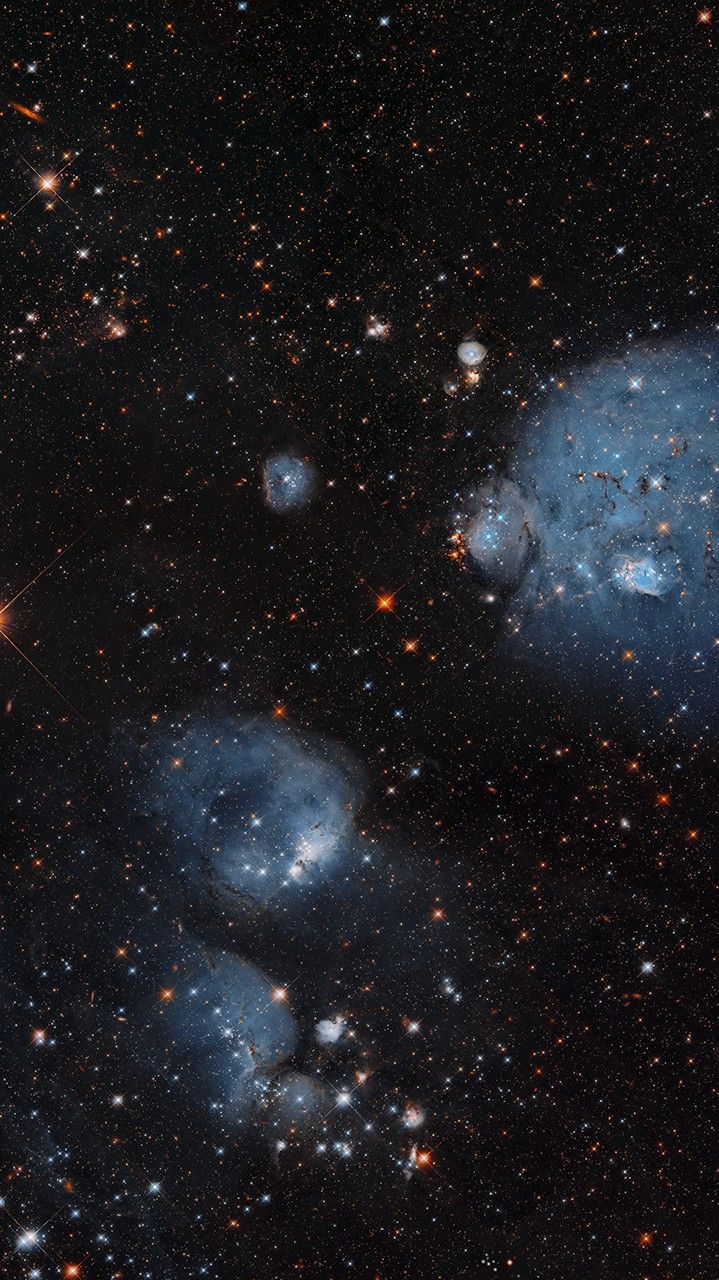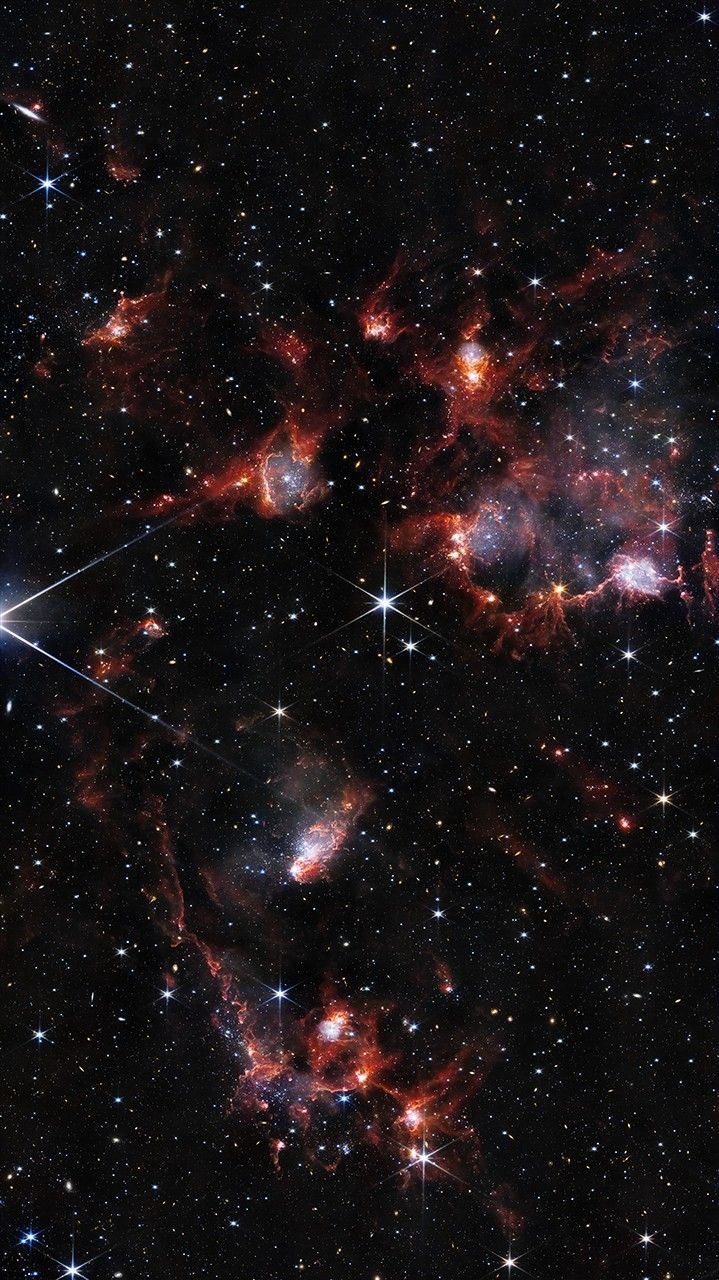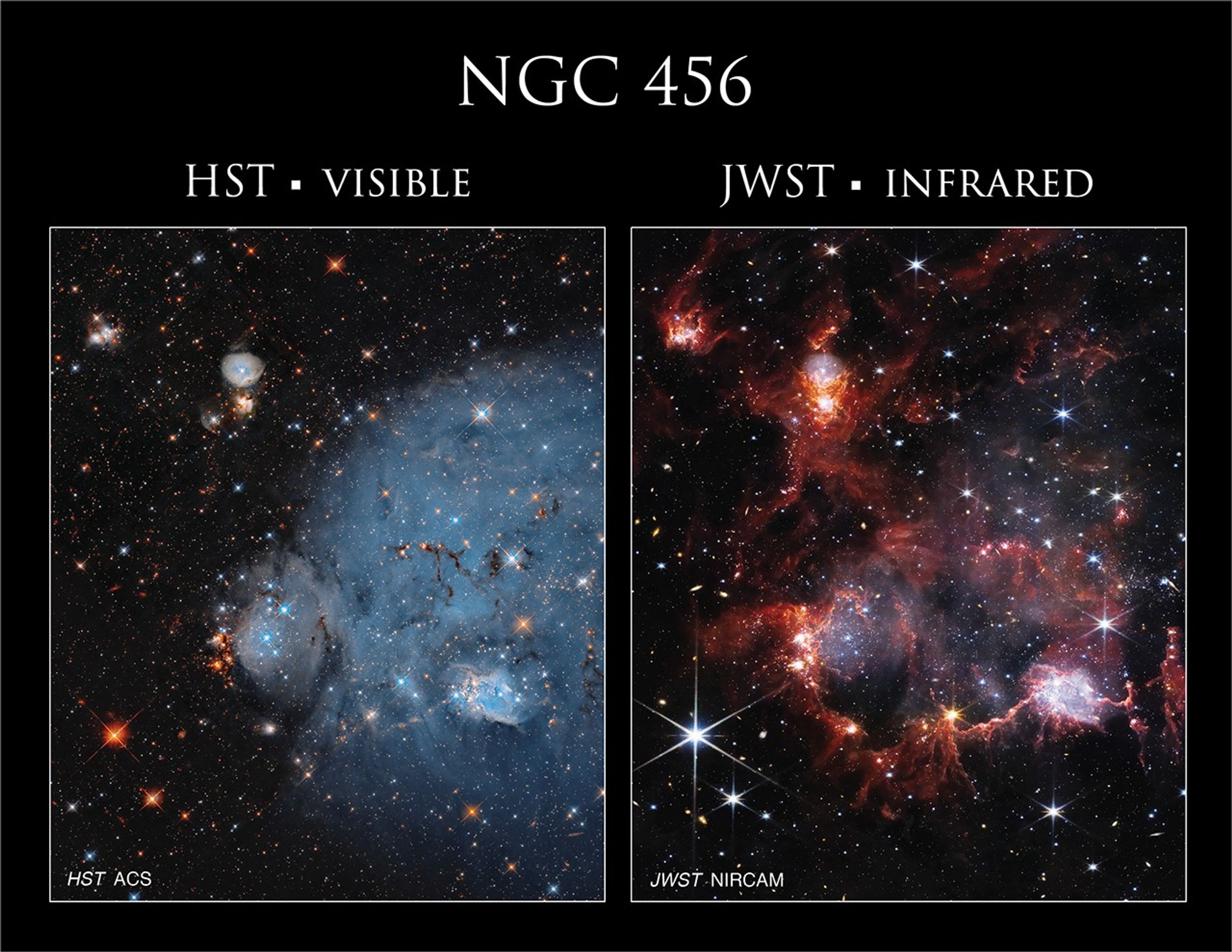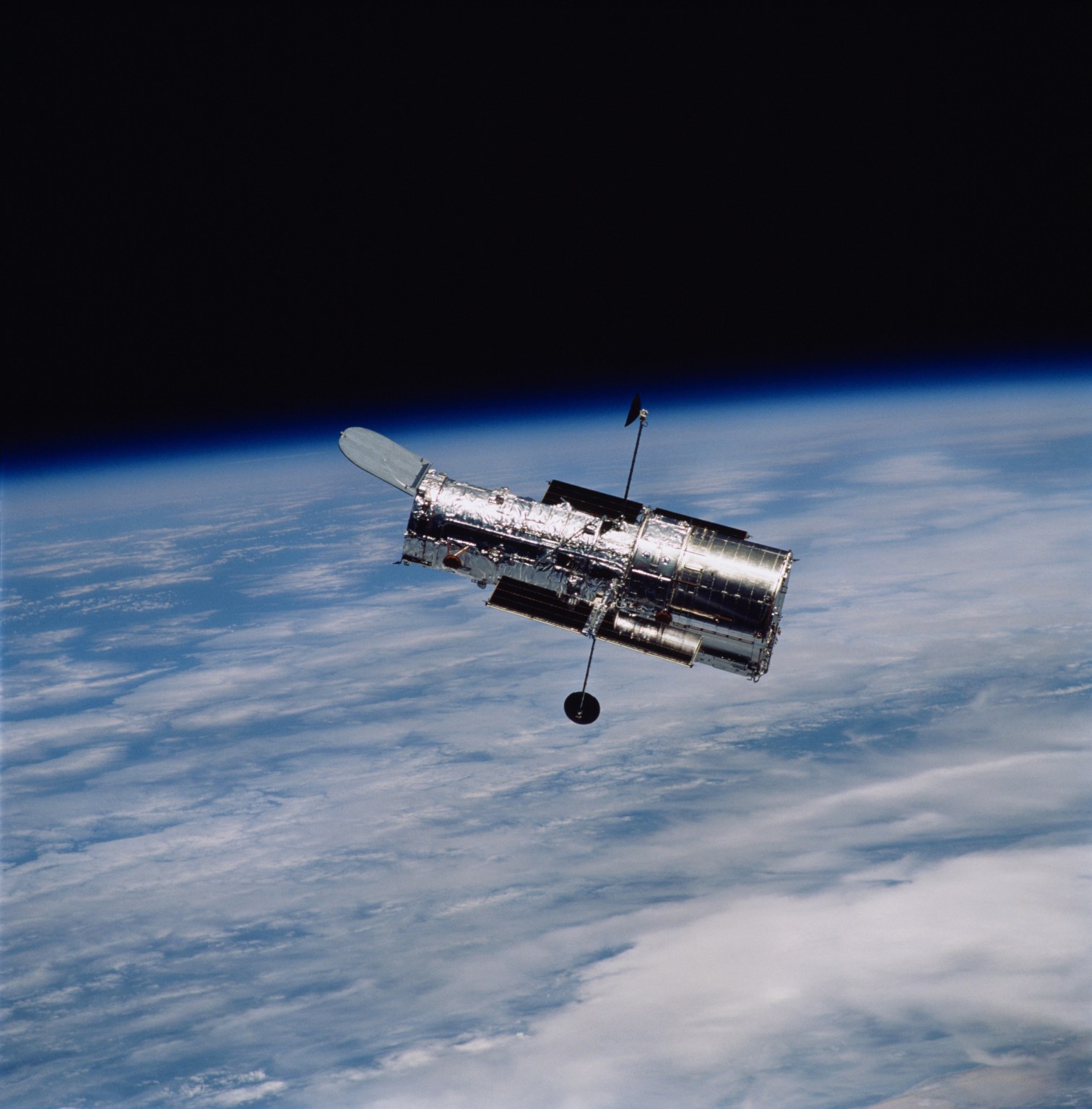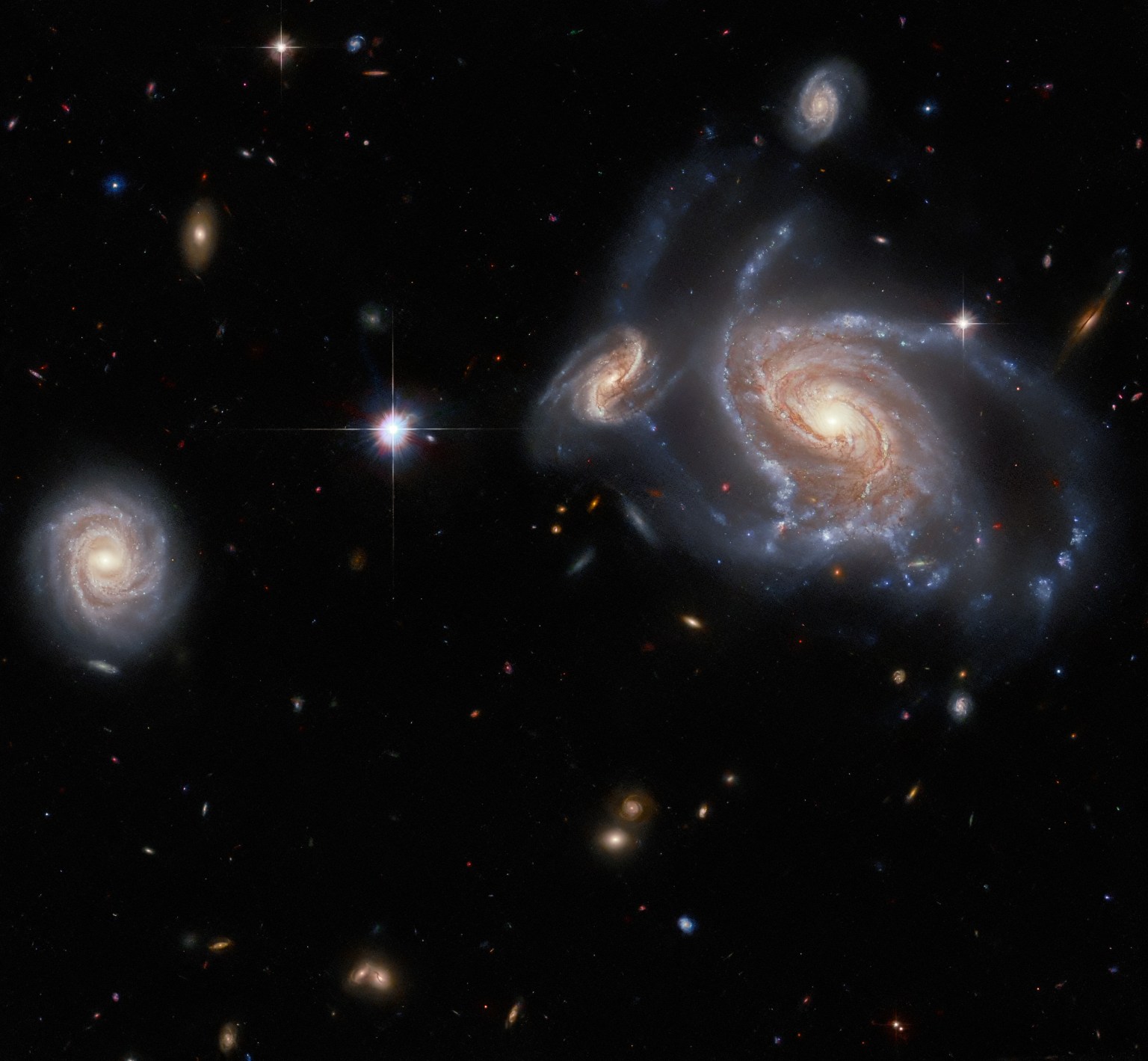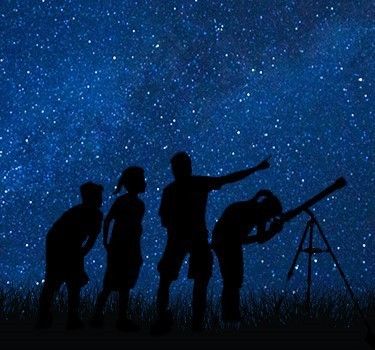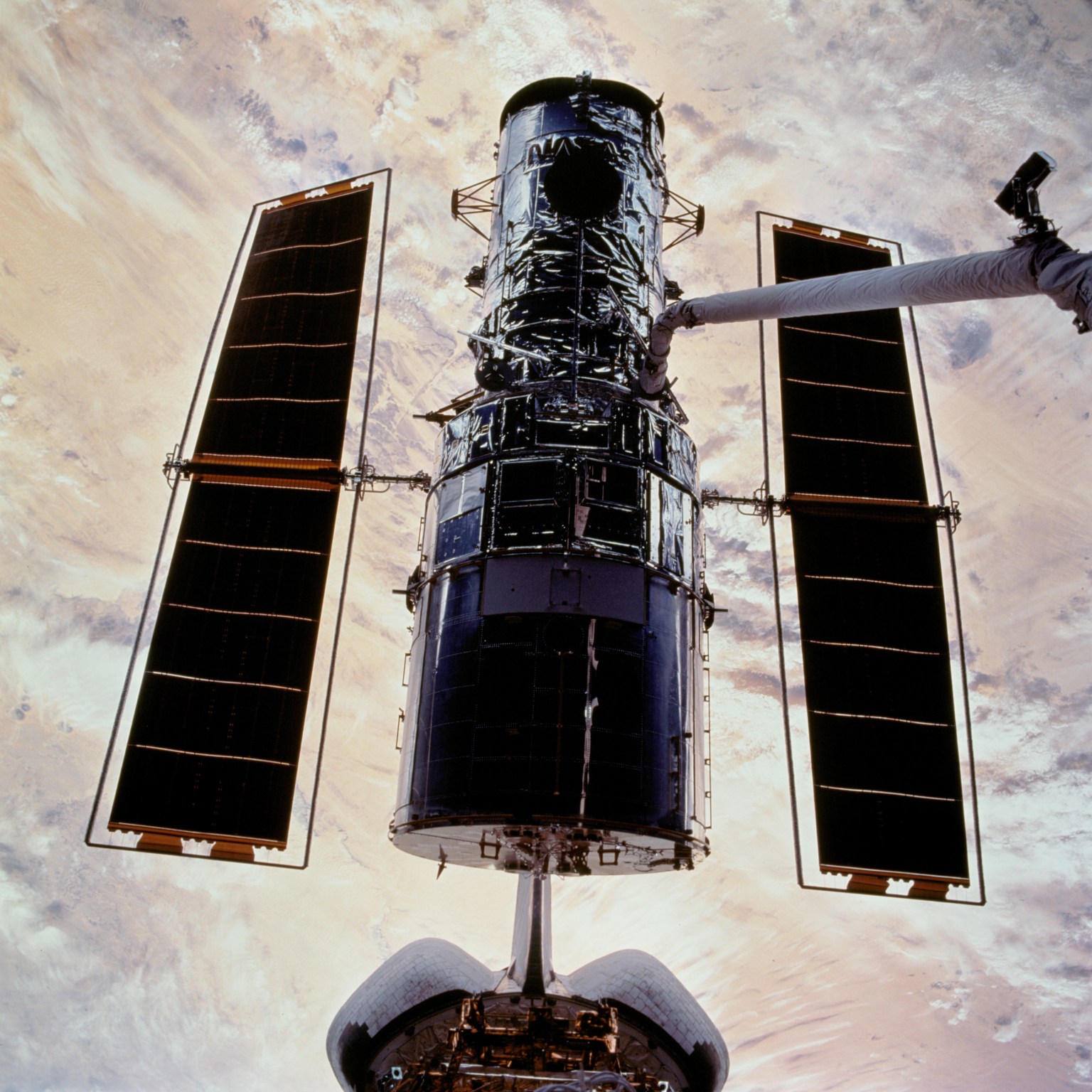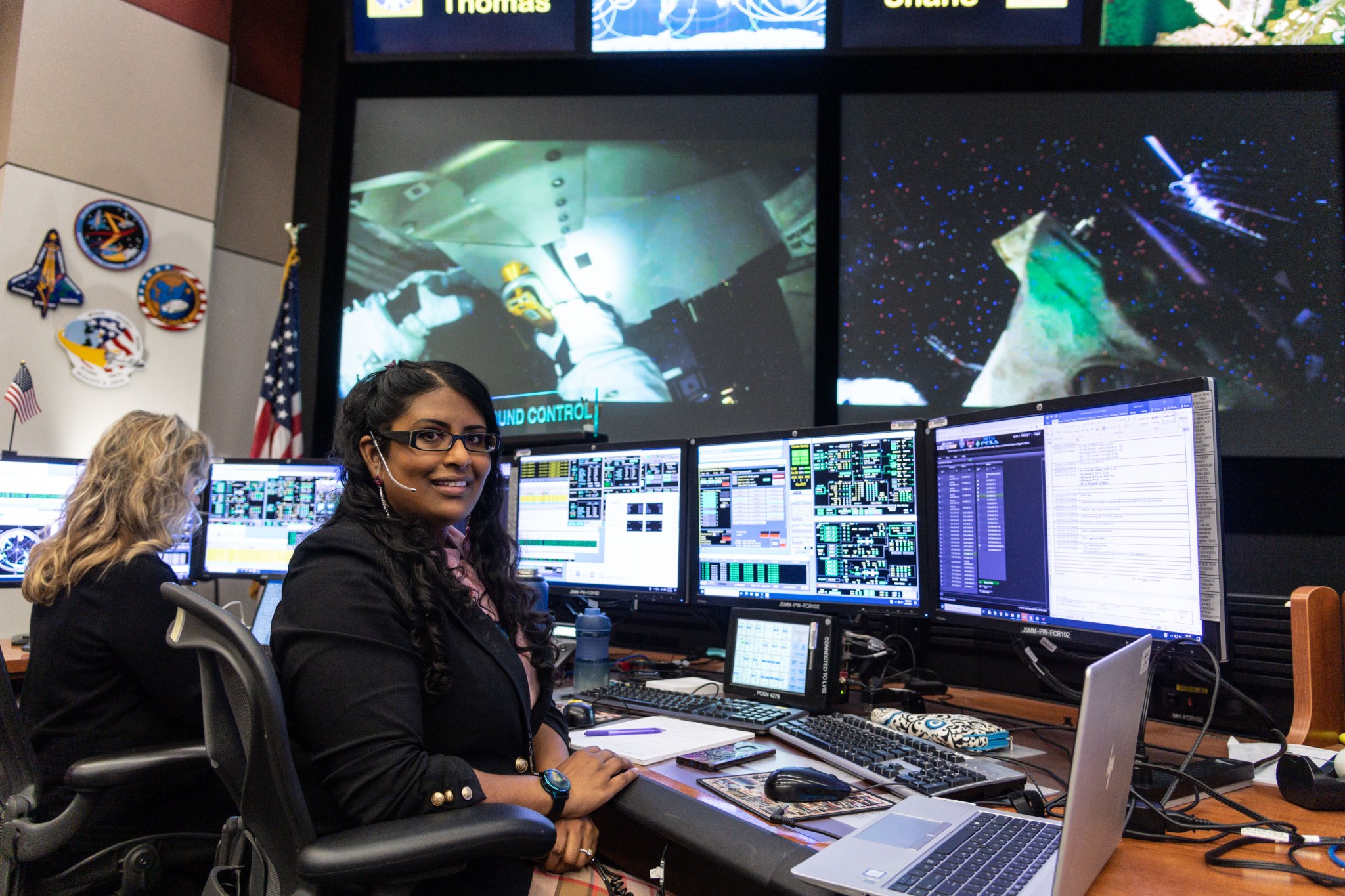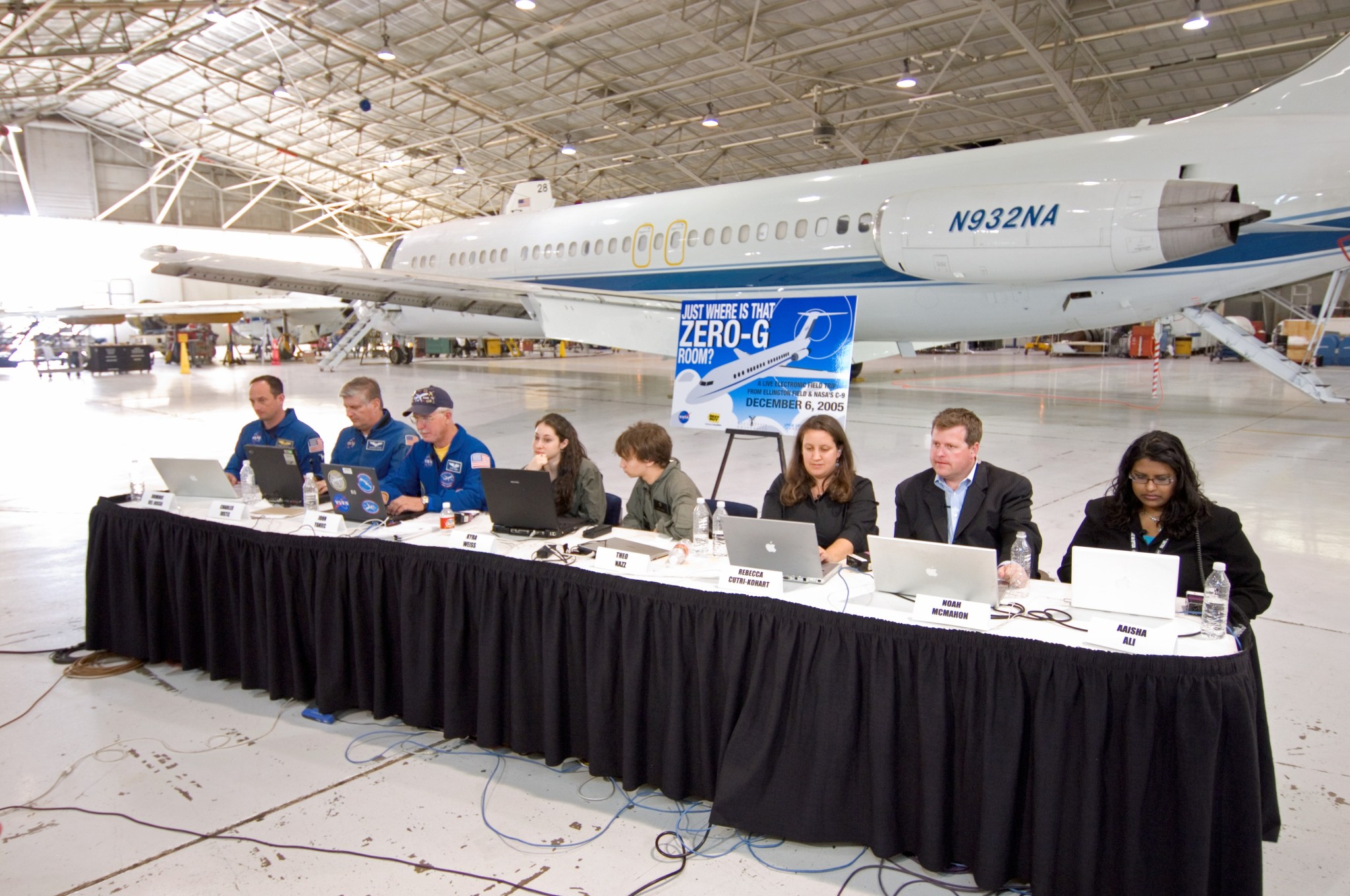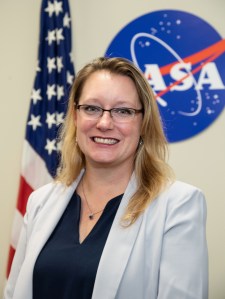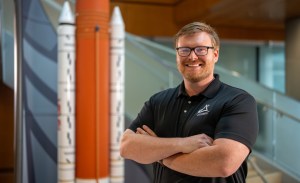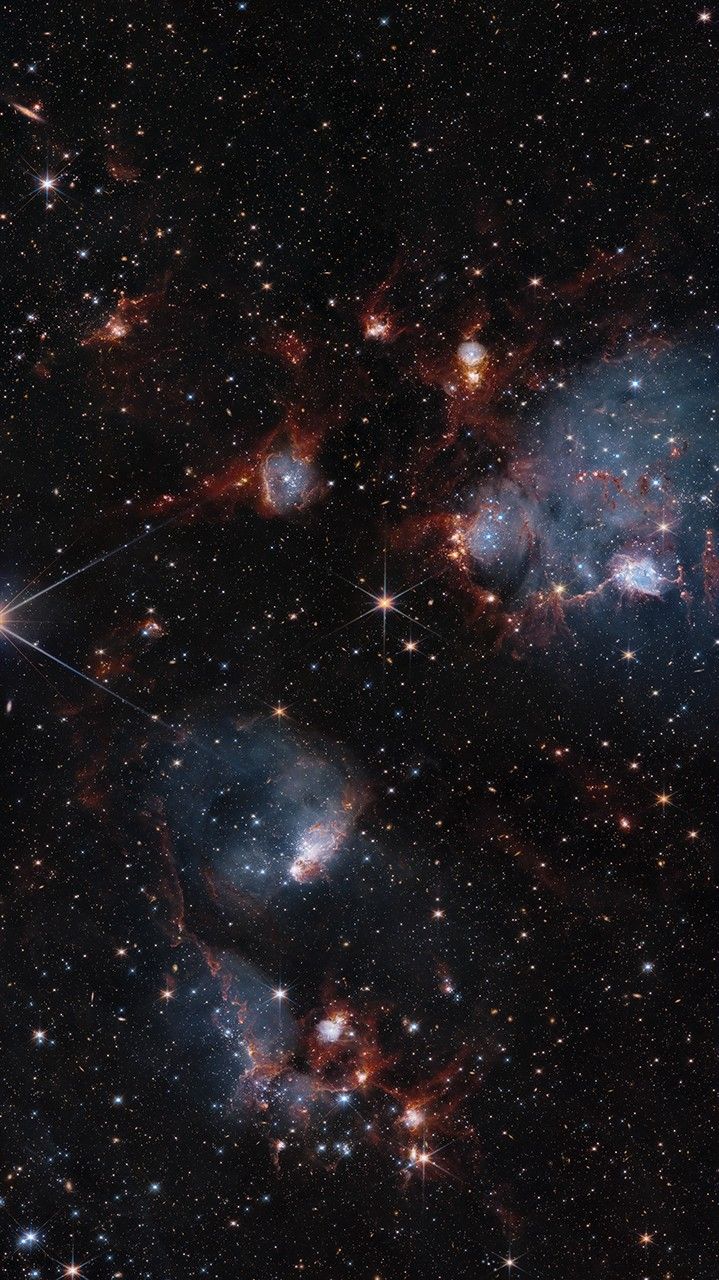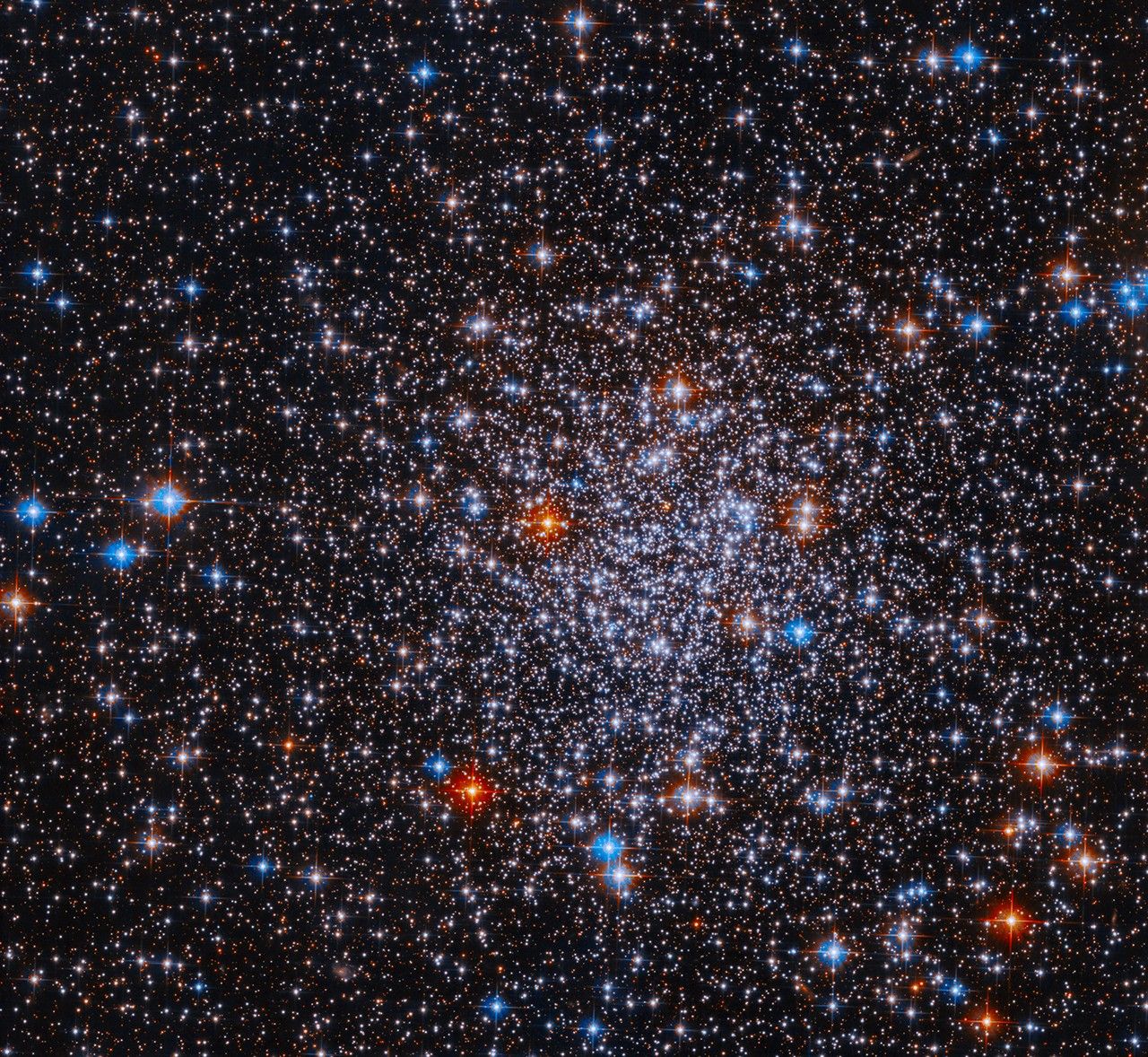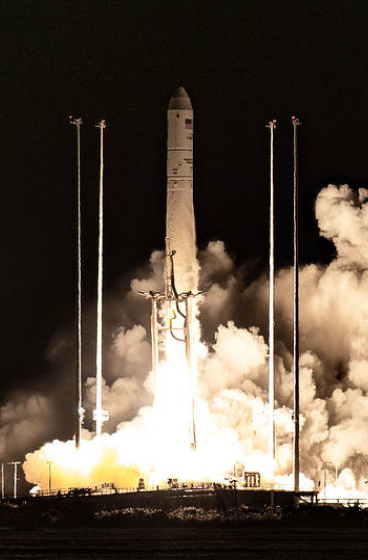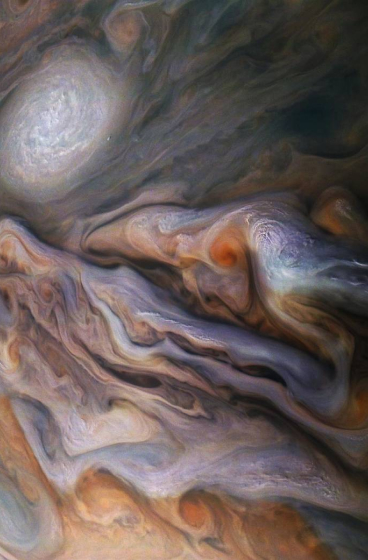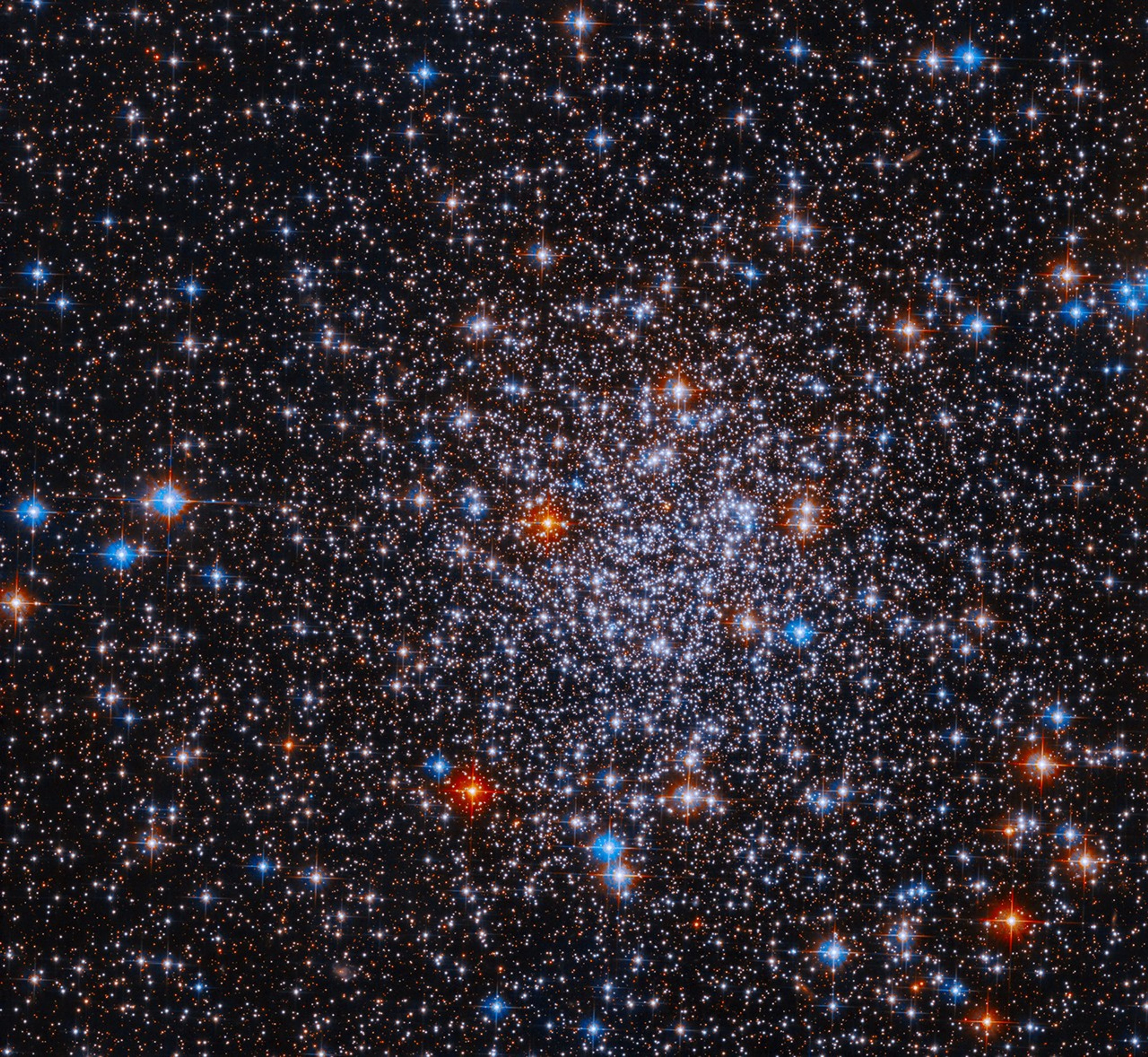📰 Trending Topics
Google News - Trending
Google News - Technology
Specs leak for three Samsung foldables ahead of Wednesday’s Unpacked - The Verge
2025-07-07 10:14
- Specs leak for three Samsung foldables ahead of Wednesday’s Unpacked The Verge
- Samsung is about to find out if Ultra is enough The Verge
- Hands-on video reveals Galaxy Z Flip 7's stunning new cover display SamMobile
- Galaxy Z Fold 7 in Blue Confirmed Hot Droid Life
- Samsung Galaxy Unpacked: Everything to expect, including Z Fold 7 Mashable
Our audio experts are live reporting the best Prime Day 2025 hi-fi deals they’ve spotted - What Hi-Fi?
2025-07-07 14:52
- Our audio experts are live reporting the best Prime Day 2025 hi-fi deals they’ve spotted What Hi-Fi?
- Prime Day Anker Deals: Over 25 Discounts on the Best Mobile Accessories, Home and Security Tech Devices CNET
- I test all of the audio gear, and these are the Bluetooth speakers you should buy on Prime Day Tom's Guide
- Sony's WH-1000XM5 headphones are $115 off for Prime Day Engadget
- I've found the 11 best early Prime Day headphones deals at Amazon – Sony, Beats, Apple, and more from $44.99 TechRadar
Windows 11 has finally overtaken Windows 10 as the most used desktop OS - The Verge
2025-07-07 10:39
- Windows 11 has finally overtaken Windows 10 as the most used desktop OS The Verge
- Windows 11 overtakes Windows 10 to become most used desktop OS — 4 years after its controversial debut Windows Central
- Windows 11 Finally Overtakes Windows 10 as the Most Dominant Operating System TechPowerUp
- It only took four years, but Windows 11 is now the most popular desktop OS - and time is running out for Windows 10 TechRadar
- Windows 11 is Now The Most Popular Version of the OS According to Statcounter Thurrott.com
The Porsche 911 Club Coupe Is a Carrera T Reserved for True Porschephiles - Road & Track
2025-07-06 23:45
- The Porsche 911 Club Coupe Is a Carrera T Reserved for True Porschephiles Road & Track
- 2026 Porsche 911 Club Coupe Is a 70th Anniversary Love Letter to Stuttgart Loyalists Car and Driver
- The 2026 Porsche 911 Carrera T Club Coupe Is a 70th Anniversary Love Letter to Porsche Club of America MotorTrend
- Porsche 911 Club Coupe celebrates 70 years of Porsche Club of America Porsche Newsroom
- This New Porsche 911 Is So Special You Need A Membership To Buy It Carscoops
Fans think Nintendo accidentally revealed Switch Online’s next wave of N64 games - Video Games Chronicle
2025-07-07 08:58
- Fans think Nintendo accidentally revealed Switch Online’s next wave of N64 games Video Games Chronicle
- RUMOR: Super Smash Bros., Donkey Kong 64 and more may be heading to Switch Online GoNintendo
- Rumor: Nintendo Possibly Leaks N64 Classic Coming to NSO Game Rant
- Two Nintendo 64 Classics Are Seemingly Coming To Nintendo Switch Online Press Start
- Fans Analysing Blurry Pixels Believe Nintendo Switch Online Is Getting Super Smash Bros. for Its N64 Catalogue — and Now the Hunt Is on for More IGN
NASA - Breaking News
NASA’s Hubble and Webb Telescopes Reveal Two Faces of a Star Cluster Duo
2025-07-07 14:58
3 min read
NASA’s Hubble and Webb Telescopes Reveal Two Faces of a Star Cluster Duo
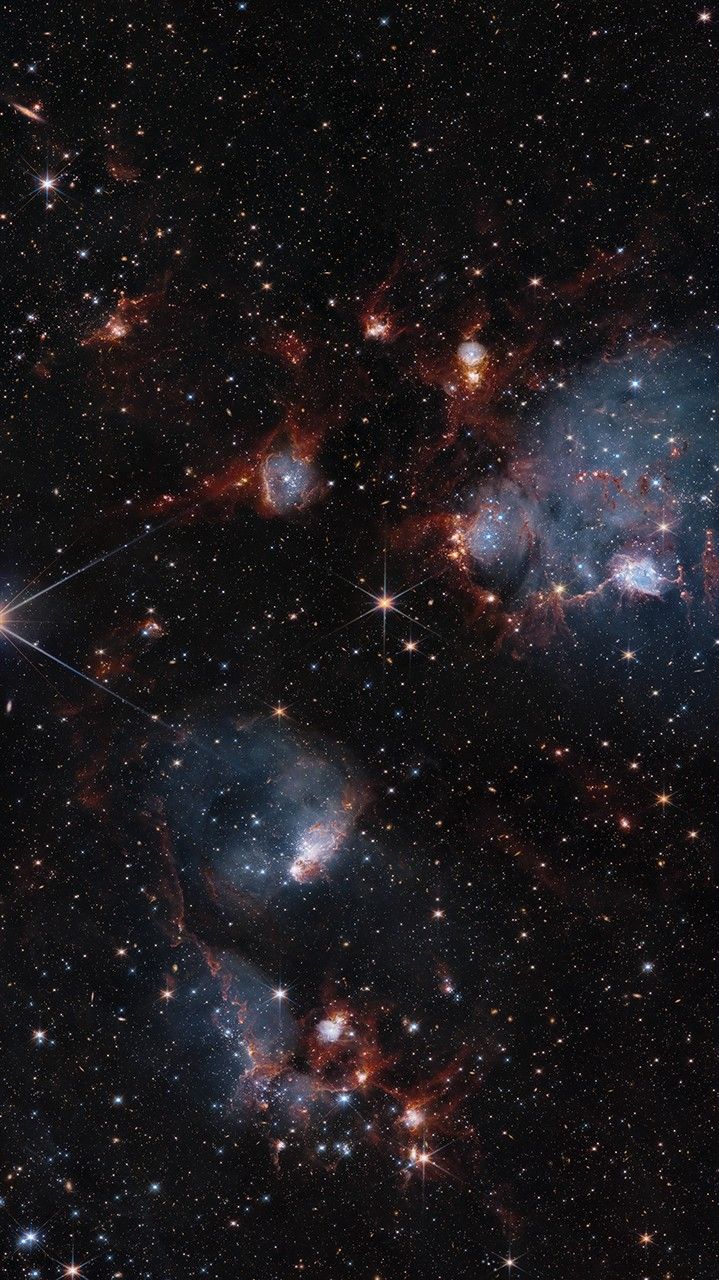
A riotous expanse of gas, dust, and stars stake out the dazzling territory of a duo of star clusters in this combined image from NASA’s Hubble and Webb space telescopes.
Open clusters NGC 460 and NGC 456 reside in the Small Magellanic Cloud, a dwarf galaxy orbiting the Milky Way. Open clusters consist of anywhere from a few dozen to a few thousand young stars loosely bound together by gravity. These particular clusters are part of an extensive complex of star clusters and nebulae that are likely linked to one another. As clouds of gas collapse, stars are born. These young, hot stars expel intense stellar winds that shape the nebulae around them, carving out the clouds and triggering other collapses, which in turn give rise to more stars.
In these images, Hubble’s view captures the glowing, ionized gas as stellar radiation blows “bubbles” in the clouds of gas and dust (blue), while Webb’s infrared vision highlights the clumps and delicate filamentary structures of dust (red). In Hubble images, dust is often seen silhouetted against and blocking light, but in Webb’s view, the dust – warmed by starlight – shines with its own infrared glow. This mixture of gas and dust between the universe’s stars is known as the interstellar medium.
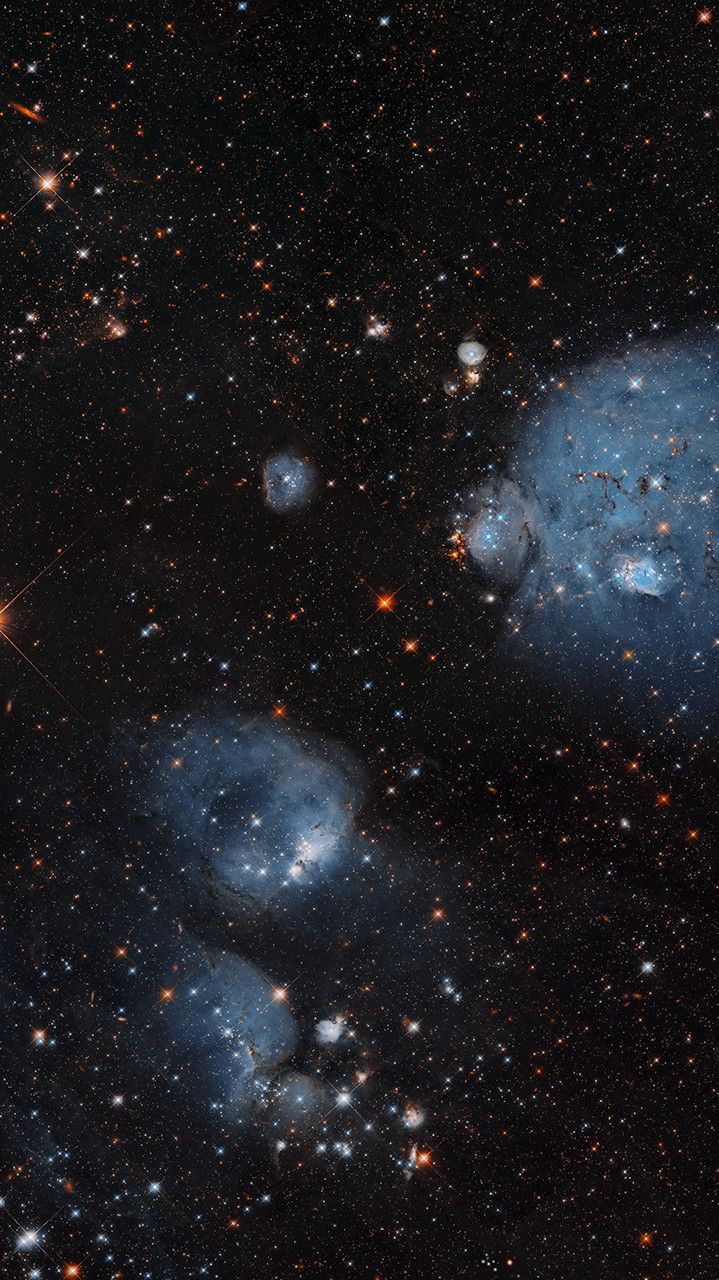
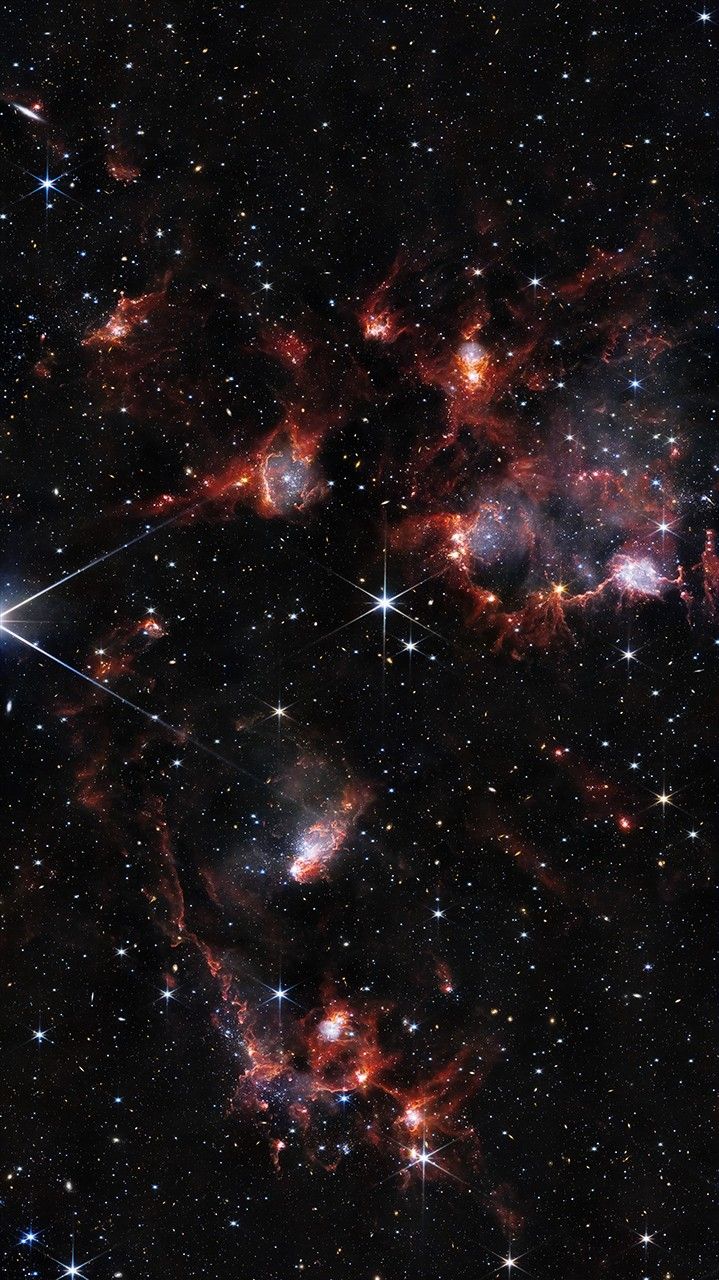


Hubble (ACS)
Webb (NIRCAM)
Hubble and Webb view a duo of open star clusters
The nodules visible in these images are scenes of active star formation, with stars ranging from just one to 10 million years old. In contrast, our Sun is 4.5 billion years old. The region that holds these clusters, known as the N83-84-85 complex, is home to multiple, rare O-type stars, hot and extremely massive stars that burn hydrogen like our Sun. Astronomers estimate there are only around 20,000 O-type stars among the approximately 400 billion stars in the Milky Way.
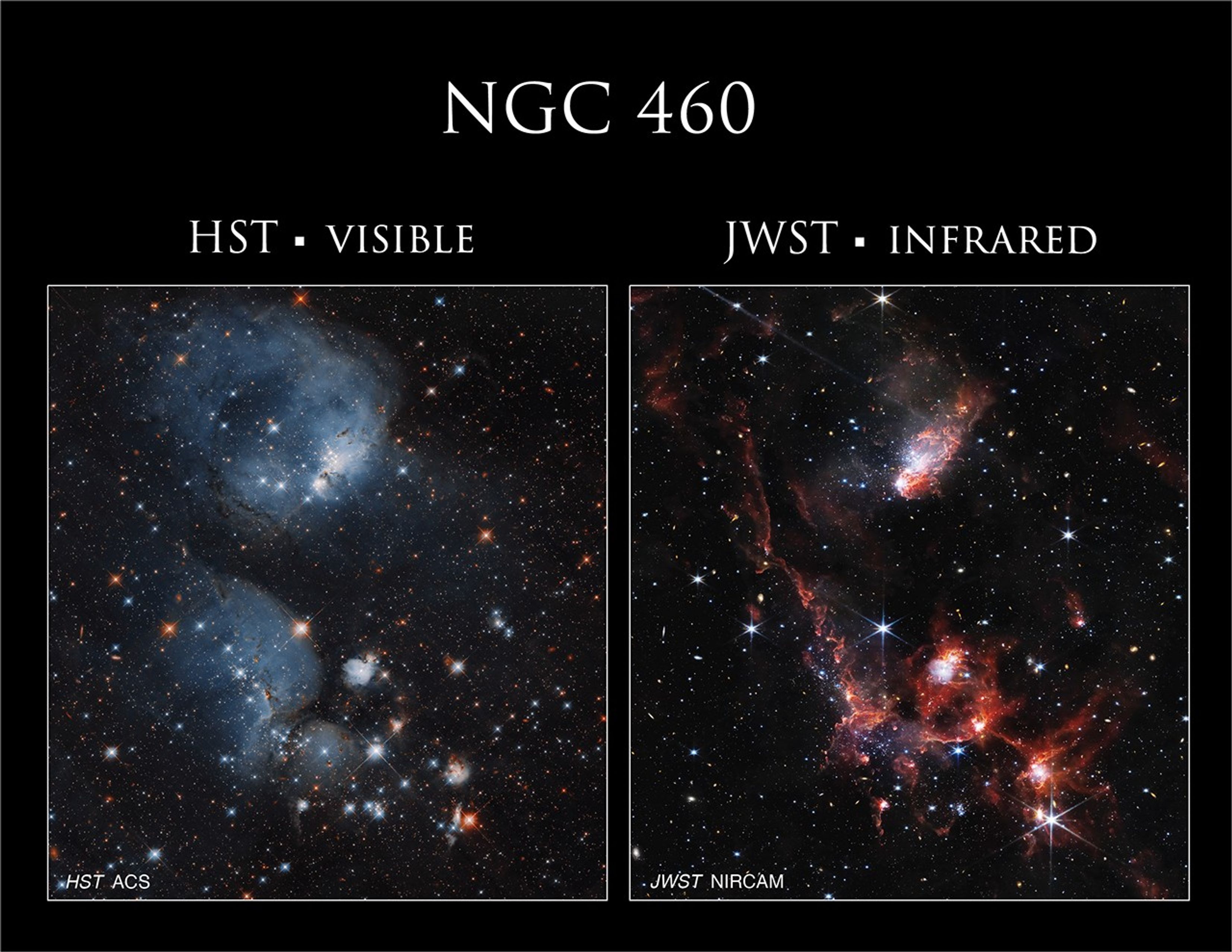
The Small Magellanic Cloud is of great interest to researchers because it is less enriched in metals than the Milky Way. Astronomers call all elements heavier than hydrogen and helium – that is, with more than two protons in the atom’s nucleus – “metals.” This state mimics conditions in the early universe, so the Small Magellanic Cloud provides a relatively nearby laboratory to explore theories about star formation and the interstellar medium at early stages of cosmic history. With these observations of NGC 460 and NGC 456, researchers intend to study how gas flows in the region converge or divide; refine the collision history between the Small Magellanic Cloud and its fellow dwarf galaxy, the Large Magellanic Cloud; examine how bursts of star formation occur in such gravitational interactions between galaxies; and better understand the interstellar medium.
Explore More
Media Contact:
Claire Andreoli
NASA’s Goddard Space Flight Center, Greenbelt, MD
claire.andreoli@nasa.gov
Aaisha Ali: From Marine Biology to the Artemis Control Room
2025-07-07 10:00
As humanity prepares to return to the lunar surface, Aaisha Ali is behind the scenes ensuring mission readiness for astronauts set to orbit the Moon during Artemis II.
Ali is the Artemis ground control flight lead at NASA’s Johnson Space Center in Houston. She makes sure her team has the resources needed for the next giant leap to the Moon and beyond.
My passion has always been science. I started by exploring the ocean, and now I get to help explore the stars.

Aaisha Ali
Artemis Ground Control Flight Lead
Ali received a bachelor’s degree in biology from Texas A&M University at Galveston before beginning a career as a marine biologist. Her curiosity about science and communication eventually led her from studying marine life to sharing NASA’s mission with the public. With a robust skill set that includes public relations, media relations, and strategic communications, she went on to work at Space Center Houston and later at Johnson on the protocol and digital imagery teams.
Today, Ali leads the ground control team supporting Artemis II, ensuring that systems, simulations, and procedures are ready for the mission. Her role includes developing flight rules, finalizing operations plans and leading training sessions – known as “network sims” – that prepare her team to respond quickly and effectively.
“Because I’ve had a multifaceted career path, it has given me a different outlook,” she said. “Diversity of mindsets helps us approach problems. Sometimes a different angle is exactly what we need.”
Her perspective was also shaped by visits to her grandmother in the Caribbean as a child. “She lived in the tropical forest in a small village in Trinidad,” Ali said. “I was fortunate enough to spend summers on the island and experience a different way of life, which has helped me grow into the person I am today.”
Communication, she explained, is just as critical as technical expertise. “When we report to the flight director, we are the experts in our system. But we have to be clear and concise. You don’t get a lot of time on the flight loop to explain.”
That clarity, humility, and sense of teamwork are values Ali says have shaped her journey.
We don’t do it by ourselves. Everyone — from our engineers to custodial staff to cafeteria workers — plays a role in getting us to the Moon. NASA is for the world. And it takes all of us.

Aaisha ali
Artemis Ground Control Flight Lead
Looking ahead, Ali is especially passionate about inspiring the Artemis Generation — those who will one day explore the Moon and Mars. She often shares advice with her nieces and nephews, including one determined nephew who has dreamed of becoming an astronaut since age 7.
“Do what you love, and NASA will find a place for you,” she said. “NASA is a big place. If you love the law, we have lawyers. If you love art, science, or technology, there’s a place for you. Passion is what we’re looking for.”
In her free time, Ali enjoys photography and connecting with nature by camping and visiting national parks. She also loves planning trips to Walt Disney World, meeting new people, experiencing different cultures, and learning new things.
Even as her days are packed with simulations and mission prep, Ali knows landing astronauts on the lunar surface for Artemis III is not far behind.
“There’s a lot of uphill left to climb,” she said. “But we’re ready.”
NASA Remembers Former Johnson Director Jefferson Howell
2025-07-03 21:11
July 3, 2025
Jefferson Davis Howell, Jr., former director of NASA’s Johnson Space Center in Houston, died July 2, in Bee Cave, Texas. He was 85 years old.
Howell was a champion of the construction of the International Space Station, working on a deadline to complete the orbiting lab by 2004. He oversaw four space shuttle crews delivering equipment and hardware to reach that goal. He also served as director during a pivotal moment for the agency: the loss of STS-107 and the crew of space shuttle Columbia. He made it his personal responsibility to meet with the families, look after them, and attend memorial services, all while keeping the families informed of the accident investigation as it unfolded.
“Gen. Howell led NASA Johnson through one of the most difficult chapters in our history, following the loss of Columbia and her crew,” said acting associate administrator Vanessa Wyche. “He brought strength and steady direction, guiding the workforce with clarity and compassion. He cared deeply for the people behind the mission and shared his leadership skills generously with the team. We extend our heartfelt condolences to his family and all who knew and loved him.”
At the time of his selection as director, he was serving as senior vice president with Science Applications International Corporation (SAIC) as the program manager for the safety, reliability, and quality assurance contract at Johnson. Following the accident, he made it his mission to improve the relationship between the civil servant and contractor workforce. He left his position and the agency, in October 2005, shortly after the Return-to-Flight mission of STS-114.
“General Howell stepped into leadership at Johnson during a pivotal time, as the International Space Station was just beginning to take shape. He led and supported NASA’s successes not only in space but here on the ground — helping to strengthen the center’s culture and offering guidance through both triumph and tragedy,” said Steve Koerner, Johnson Space Center’s acting director. “On behalf of NASA’s Johnson Space Center, we offer our deepest sympathies to his family, friends, and all those who had the privilege of working alongside him. The impact of his legacy will continue to shape Johnson for decades to come.”
The Victoria, Texas, native was a retired lieutenant general in the U.S. Marine Corps with a decorated military career prior to his service at NASA. He flew more than 300 combat missions in Vietnam and Thailand.
Howell is survived by his wife Janel and two children. A tree dedication will be held at NASA Johnson’s memorial grove in the coming year.
-end-
Chelsey Ballarte
Johnson Space Center, Houston
281-483-5111
NASA Mission Monitoring Air Quality from Space Extended
2025-07-03 20:05
4 min read
Preparations for Next Moonwalk Simulations Underway (and Underwater)
Since launching in 2023, NASA’s Tropospheric Emissions: Monitoring of Pollution mission, or TEMPO, has been measuring the quality of the air we breathe from 22,000 miles above the ground. June 19 marked the successful completion of TEMPO’s 20-month-long initial prime mission, and based on the quality of measurements to date, the mission has been extended through at least September 2026. The TEMPO mission is NASA’s first to use a spectrometer to gather hourly air quality data continuously over North America during daytime hours. It can see details down to just a few square miles, a significant advancement over previous satellites.
“NASA satellites have a long history of missions lasting well beyond the primary mission timeline. While TEMPO has completed its primary mission, the life for TEMPO is far from over,” said Laura Judd, research physical scientist and TEMPO science team member at NASA’s Langley Research Center in Hampton, Virginia. “It is a big jump going from once-daily images prior to this mission to hourly data. We are continually learning how to use this data to interpret how emissions change over time and how to track anomalous events, such as smoggy days in cities or the transport of wildfire smoke.”
When air quality is altered by smog, wildfire smoke, dust, or emissions from vehicle traffic and power plants, TEMPO detects the trace gases that come with those effects. These include nitrogen dioxide, ozone, and formaldehyde in the troposphere, the lowest layer of Earth’s atmosphere.
“A major breakthrough during the primary mission has been the successful test of data delivery in under three hours with the help of NASA’s Satellite Needs Working Group. This information empowers decision-makers and first responders to issue timely air quality warnings and help the public reduce outdoor exposure during times of higher pollution,” said Hazem Mahmoud, lead data scientist at NASA’s Atmospheric Science Data Center located at Langley Research Center.
…the substantial demand for TEMPO's data underscores its critical role…

hazem mahmoud
NASA Data Scientist
TEMPO data is archived and distributed freely through the Atmospheric Science Data Center. “The TEMPO mission has set a groundbreaking record as the first mission to surpass two petabytes, or 2 million gigabytes, of data downloads within a single year,” said Mahmoud. “With over 800 unique users, the substantial demand for TEMPO’s data underscores its critical role and the immense value it provides to the scientific community and beyond.” Air quality forecasters, atmospheric scientists, and health researchers make up the bulk of the data users so far.
The TEMPO mission is a collaboration between NASA and the Smithsonian Astrophysical Observatory, whose Center for Astrophysics Harvard & Smithsonian oversees daily operations of the TEMPO instrument and produces data products through its Instrument Operations Center.
Datasets from TEMPO will be expanded through collaborations with partner agencies like the National Oceanic and Atmospheric Administration (NOAA), which is deriving aerosol products that can distinguish between smoke and dust particles and offer insights into their altitude and concentration.
“These datasets are being used to inform the public of rush-hour pollution, air quality alerts, and the movement of smoke from forest fires,” said Xiong Liu, TEMPO’s principal investigator at the Center for Astrophysics Harvard & Smithsonian. “The library will soon grow with the important addition of aerosol products. Users will be able to use these expanded TEMPO products for air quality monitoring, improving forecast models, deriving pollutant amounts in emissions and many other science applications.”

“The TEMPO data validation has truly been a community effort with over 20 agencies at the federal and international level, as well as a community of over 200 scientists at research and academic institutions,” Judd added. “I look forward to seeing how TEMPO data will help close knowledge gaps about the timing, sources, and evolution of air pollution from this unprecedented space-based view.”
An agency review will take place in the fall to assess TEMPO’s achievements and extended mission goals and identify lessons learned that can be applied to future missions.
The TEMPO mission is part of NASA’s Earth Venture Instrument program, which includes small, targeted science investigations designed to complement NASA’s larger research missions. The instrument also forms part of a virtual constellation of air quality monitors for the Northern Hemisphere which includes South Korea’s Geostationary Environment Monitoring Spectrometer and ESA’s (European Space Agency) Sentinel-4 satellite. TEMPO was built by BAE Systems Inc., Space & Mission Systems (formerly Ball Aerospace). It flies onboard the Intelsat 40e satellite built by Maxar Technologies. The TEMPO Instrument Operations Center and the Science Data Processing Center are operated by the Smithsonian Astrophysical Observatory, part of the Center for Astrophysics | Harvard & Smithsonian in Cambridge.
For more information about the TEMPO instrument and mission, visit:
https://science.nasa.gov/mission/tempo/
About the Author
Charles G. Hatfield
Hubble Observations Give “Missing” Globular Cluster Time to Shine
2025-07-03 20:00
2 min read
Hubble Observations Give “Missing” Globular Cluster Time to Shine
A previously unexplored globular cluster glitters with multicolored stars in this NASA Hubble Space Telescope image. Globular clusters like this one, called ESO 591-12 or Palomar 8, are spherical collections of tens of thousands to millions of stars tightly bound together by gravity. Globular clusters generally form early in the galaxies’ histories in regions rich in gas and dust. Since the stars form from the same cloud of gas as it collapses, they typically hover around the same age. Strewn across this image of ESO 591-12 are a number of red and blue stars. The colors indicate their temperatures; red stars are cooler, while the blue stars are hotter.
Hubble captured the data used to create this image of ESO 591-12 as part of a study intended to resolve individual stars of the entire globular cluster system of the Milky Way. Hubble revolutionized the study of globular clusters since earthbound telescopes are unable to distinguish individual stars in the compact clusters. The study is part of the Hubble Missing Globular Clusters Survey, which targets 34 confirmed Milky Way globular clusters that Hubble has yet to observe.
The program aims to provide complete observations of ages and distances for all of the Milky Way’s globular clusters and investigate fundamental properties of still-unexplored clusters in the galactic bulge or halo. The observations will provide key information on the early stages of our galaxy, when globular clusters formed.
Explore More
Media Contact:
Claire Andreoli
NASA’s Goddard Space Flight Center, Greenbelt, MD
claire.andreoli@nasa.gov
TechCrunch - Latest
Threads is nearing X’s daily app users, new data shows
2025-07-07 15:41
AI is forcing the data industry to consolidate — but that’s not the whole story
2025-07-07 15:00
TikTok reportedly developing new version of app ahead of planned US sale
2025-07-07 14:20
Ingram Micro says ongoing outage caused by ransomware attack
2025-07-07 12:57
Apple appeals EU’s €500M fine over App Store payment restraints
2025-07-07 12:47
